Epson PhotoPC
Previously on Electric Thrift I mentioned that I passed on buying a Sony Mavica at Goodwill because it was missing the power supply and proprietary batteries. I’m very glad I didn’t buy that camera because shortly after that I found an even older digital camera!
The oldest digital camera I can remember seeing was the Apple QuickTake 100 my 5th grade teacher, Mr. Bennett used in about 1995. The second oldest digital camera I’ve ever seen is this Epson PhotoPC I recently found at Village Thrift.
Village Thrift has a “showcase” which is a section of supposedly more expensive items positioned on shelves behind a counter so that you have to ask the cashier to take a closer look. This creates a dilemma because often times it can take awhile to get the attention of the cashier. You have to really want to see an item in the showcase to justify waiting but the items are kept too far away to get a good enough look to really get interested in them.
I had seen the PhotoPC box back there for several weeks and never grasped the age of the thing. Luckily there’s this place where the showcase’s counter ends and sometimes items spill over from the showcases’s rear shelves onto the normal, more accessible shelves. That’s when I finally go a close look at the box and realized this was a digital camera box with screenshots from Windows 3.1! “Copyright 1995 Epson America, Inc.” This is a survivor from the digital camera Jurassic period.
We tend to think of digital cameras as springing into existence as luxury objects in the late 90s, hitting their prime in the 2000s as people realized the utility of getting photos online and becoming ubiquitous after 2007 as the cheap ones were integrated into smartphones and tablets and the more expensive DSLRs overtook their film counterparts.
According to digicamhistory.com this was among the first digital cameras under $500. You can see how they needed to make the camera extremely simple to meet that price. Even though other contemporary digital cameras like the QuickTake 100 had LCD screens, the Epson PhotoPC has none. There’s just a conventional viewfinder. As a result, you can’t review photos you’ve taken on the camera itself, you have to connect to a PC. There is however, a button that deletes the last photo taken. Additionally, because there’s no screen you have just a tiny LCD display to tell you how the battery is doing, if the flash is on, how many shots you’ve taken, and how many shots you have left.
This is an esoteric analogy but the Epson PhotoPC reminds me of the Ryan Fireball: That was a bizarre Navy fighter aircraft with both a piston engine and a jet; the PhotoPC is a cheap 90s auto focus point-and-shoot camera that just happens to be digital. They’re both weird artifacts of a transitional time.
When you do connect the PhotoPC to a PC to look at the photos, you’re connecting with a serial cable because this camera predates USB. For that matter, it also predates Compact Flash. There’s 1MB flash memory built into the camera and an slot to add an additional 4MB of flash on a proprietary “PhotoSpan” memory module. My camera has an empty expansion slot so the built-in 1MB of flash holds a mere sixteen 640×480 photos.
My parents old Dell Pentium III (which you may recall from the Voodoo 2 post) runs Windows 98 so I installed the EasyPhoto software, hooked up the serial cable and pulled some pictures off of the PhotoPC. I can tell you that pulling photos off of this thing via serial cable is a lot like watching paint dry. I watched the progress bar snail it’s way across the screen and was pleased when it got to 100%…when I realized that was just for one photo. One 640×480 photo. If you’ve got a full camera with 16 photos to transfer you might as well go make yourself a sandwich and catch an inning of the ballgame while that transfers.
However, when you think about the PhotoPC in context even this molasses pace would have seemed Earth-shattering in 1996. Imagine you were one of the people venturing out onto the Internet back then. If you wanted to post a digital photo to a website or attach it to an email you would have to either:
- Take a roll of photos on a film camera, have them developed, then scan them, and then presumably crop the photo and resize it for the Internet.
- Take photos with a Polaroid camera, scan them, and then presumably crop the photo and resize it for the Internet.
I’ve done enough scanning to know that that would be immensely time consuming. Once you had a digital camera, even a barebones one such as the PhotoPC you could almost go straight from taking a photo to getting it on the Internet.
Not only that but you could take 16 photos, spend 15-20 minutes transferring them to the PC, wipe the camera and take another 16 photos, over and over. Sure, this would be no good on your trip to the Grand Canyon but if you were having a family reunion at your house or another scenario where you’re close to a PC this would have seemed miraculous.
So, what do photos taken with the Epson PhotoPC look like? A lot like the photos I remember seeing on the Internet in the late 90s: A bit fuzzy. Strange color artifacts. Not great focus.
Keep in mind that in 1996 you’d be lucky to have been running 800×600 at 32bit color on your monitor. Back then, 640×480 images were serious business.
The wonderful thing about finding this camera is how it is so utterly an artifact of the past but also totally tied to today. The PhotoPC was one of rat-like mammals that scurried amongst the film dinosaurs. A film camera and my iPad are of two totally different eras, but the PhotoPC and my iPad are clearly distant but related ancestors.



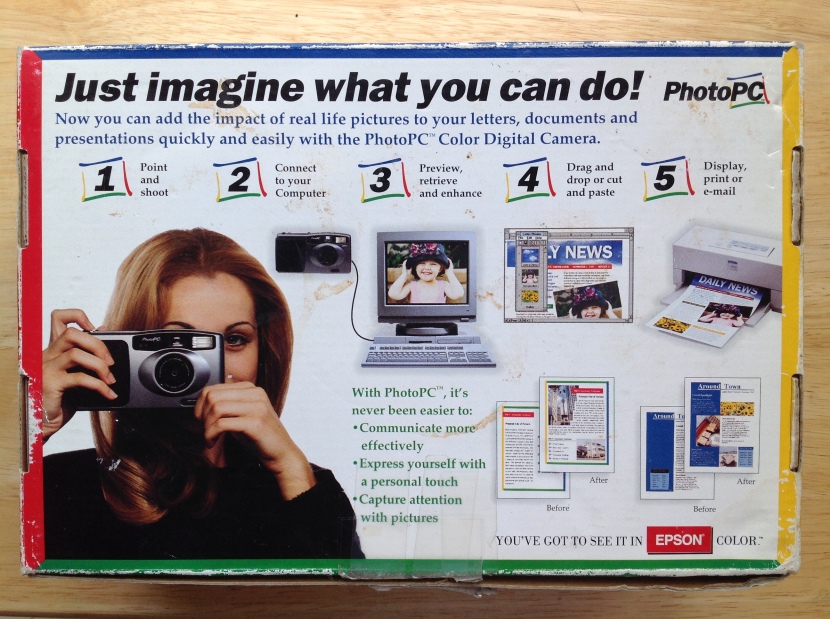
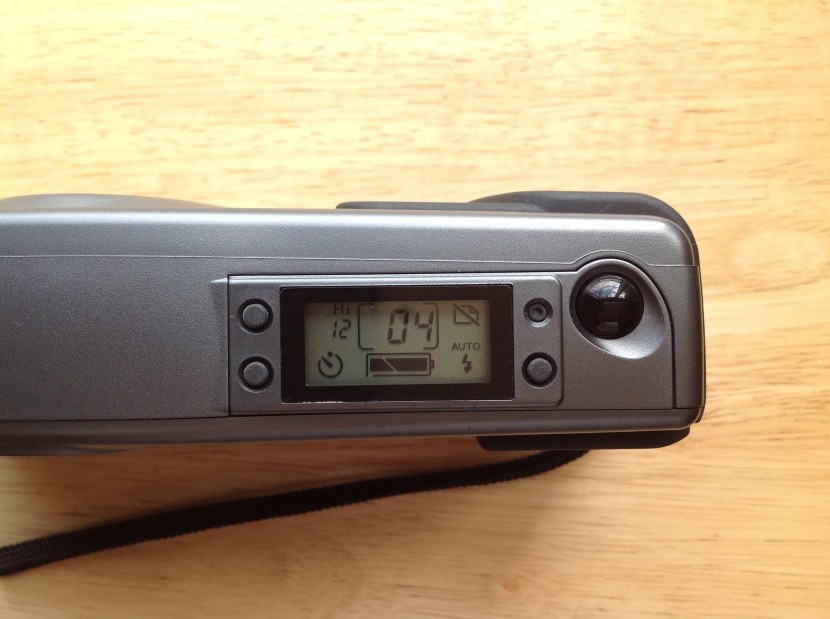



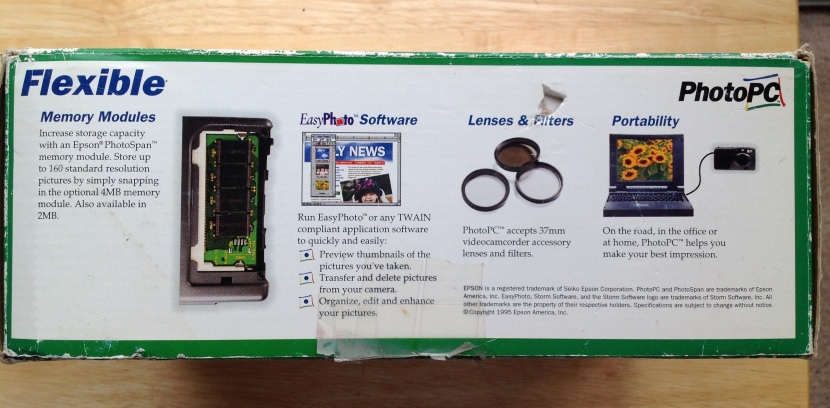
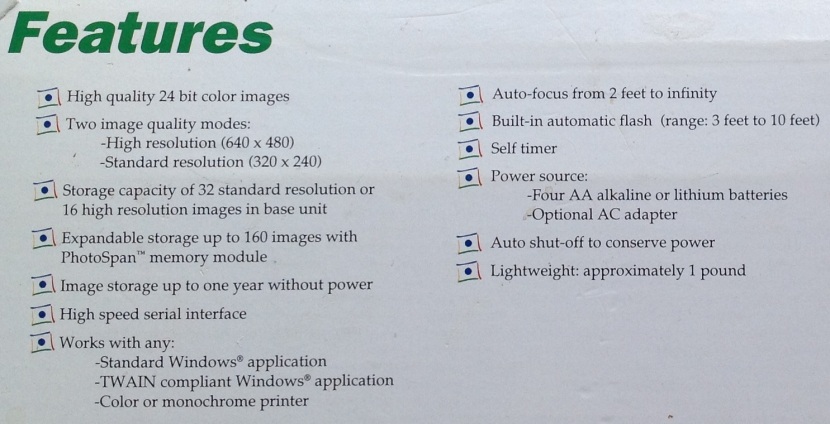
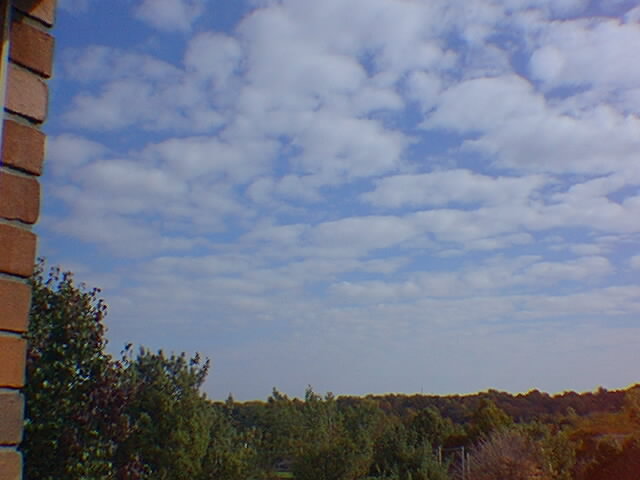
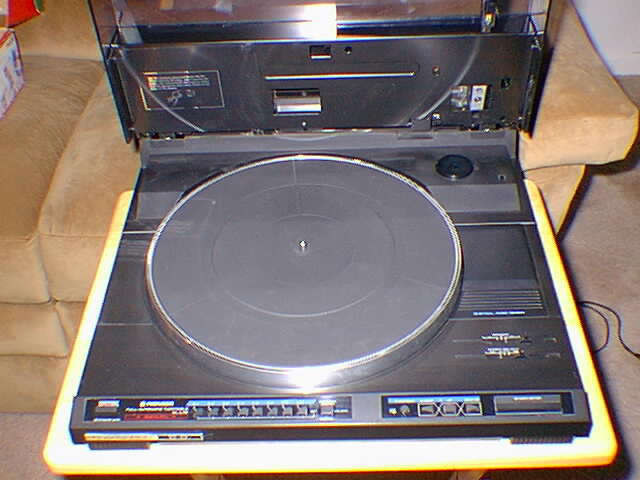
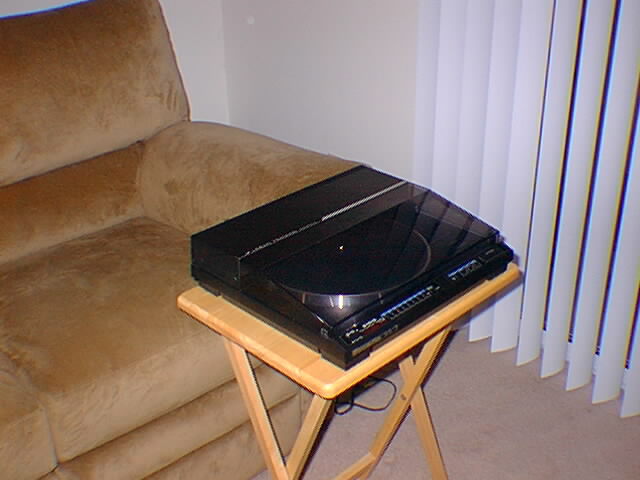

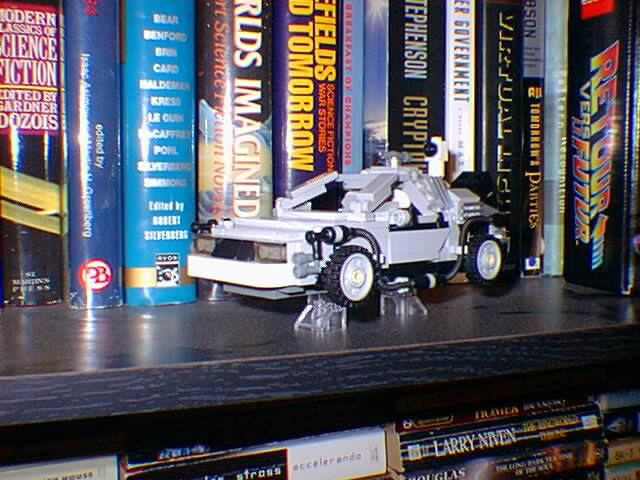
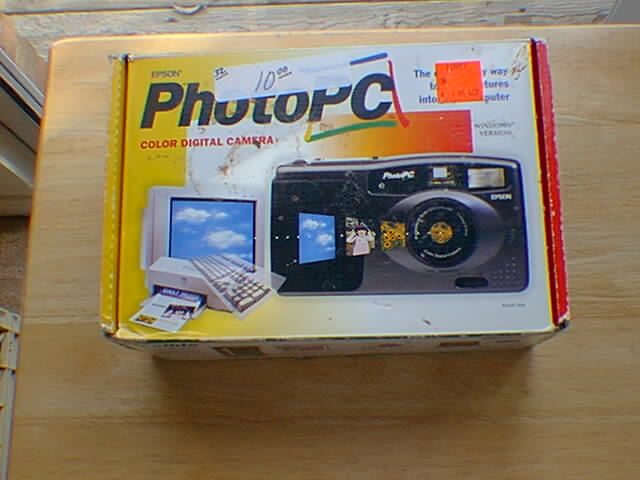
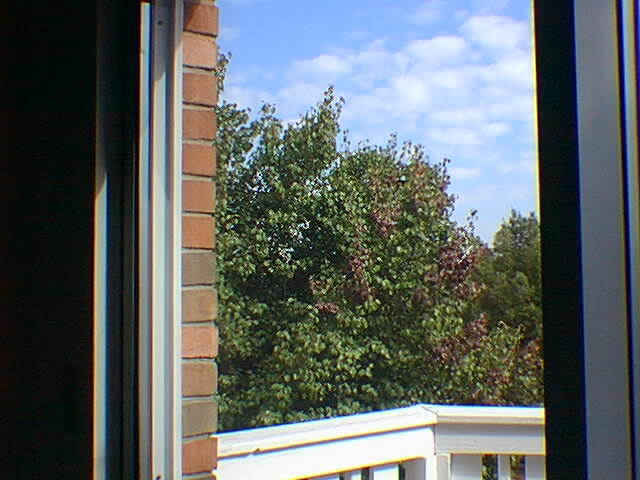
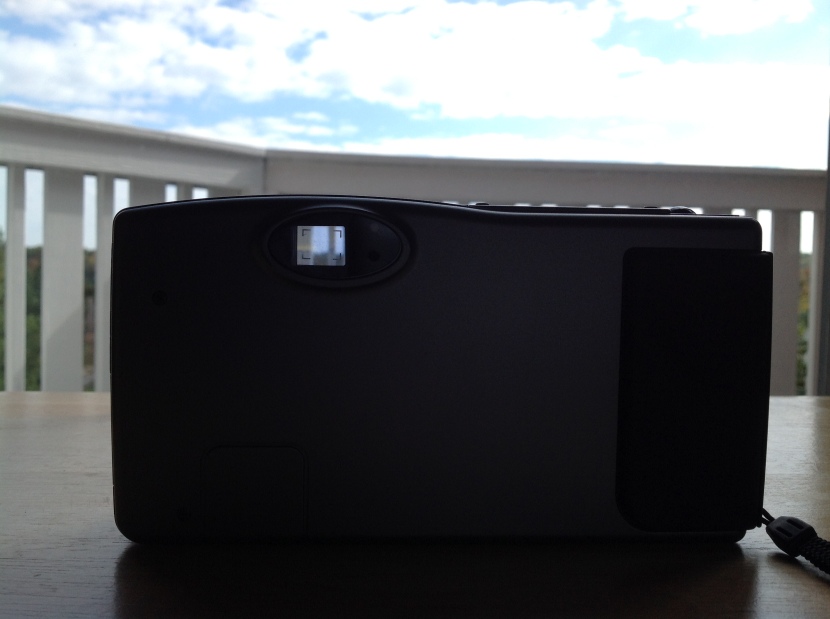
i love the looks, to me the color seems like film photos